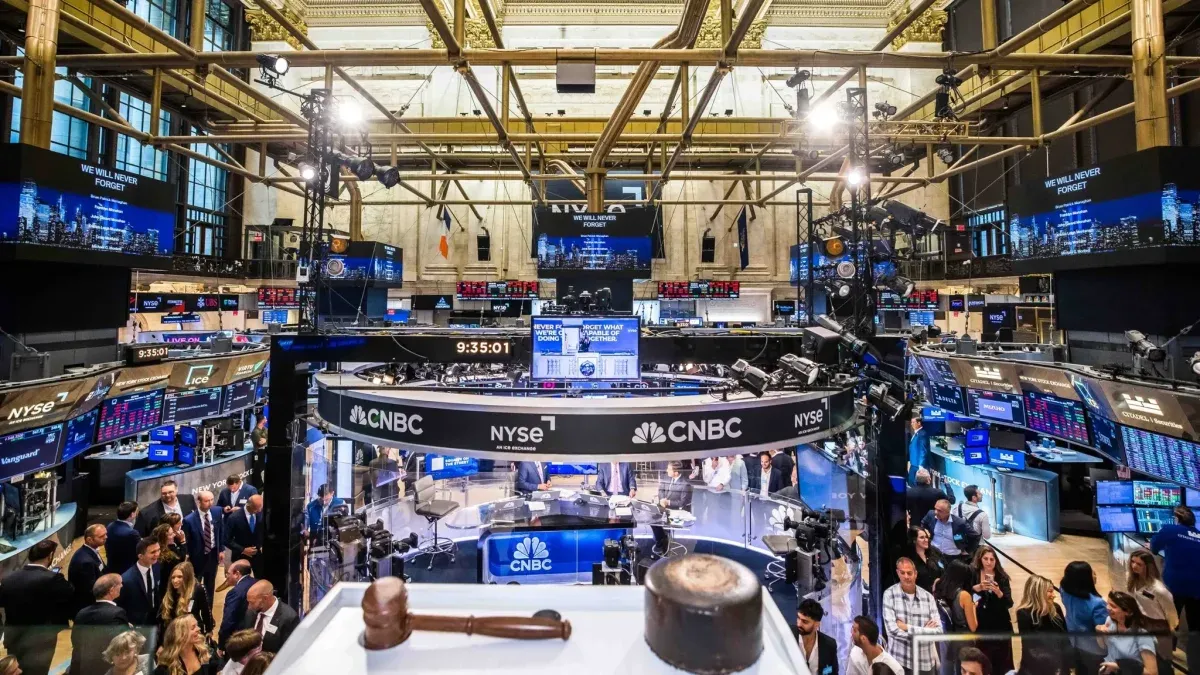Cro-Magnon meant a before and after in the lives of the survivors. Experiencing a tragedy of such magnitude affected many in different ways, one of them is music. What is it like for the victims to be reunited with the tumult, the bardo, loud noises, the recitals? 20 years after the tragedy, three voices told how they live it and how they lived it.
December 30, 2004 a fire broke out on the República Cromañón propertytriggered by the use of a candle during a rock band concert Strays. The absence of an adequate emergency protocol resulted in the tragic loss of 194 lives. However, about 4,500 people managed to survive that night.
Martín, Agustina and Diego They experienced the improvement process in different ways. One of them had problems reconnecting with massive events, while the others were able to continue being spectators, each with their own difficulties. Being able to compile these cases shows the differences that exist between each person and survivordespite the fact that all three were victims of the same incident.
Cro-Magnon Mural
Commemorative mural located in the Bartolomé Miter passage 3060-70, Balvanera.
Survivors tell their experience at concerts, 20 years after the tragedy
“I would like to innocently experience a show sometime”commented Martín Cornide, currently a show producer. From the first show he experienced after Cromañón, he always did so with a feeling of responsibility: “I don’t think I could ever attend a show again without evading that.”
Although at that time it caused a lot of controversy who was responsible for the tragedy: if the kid who lit the candle, if the manager of the property (Omar Chabán), if the Head of the Buenos Aires Government at that time (Aníbal Ibarra), yes musicians… Martín came to the conclusion that it was his fault.. “It was my fault, and that of all of us who were at hundreds of recitals allowing sparklers to be lit. At that time there was no recital that didn’t come back burned, and that’s how it happens with everything, If everyone assumes their responsibility there would be no problems”.
In the concerts after the tragedy, Martín commented that he has gone too far in certain situations, since he experienced a process of anger: “I broke the mouth of more than one person with a blow for lighting flares”. Then, with the passage of time, he managed to get out of that stage, and became a show producer, with the responsibility that he says he had to assume: “I totally supported the idea of improving the situation, of doing things well. and safe for the public.”
Cro-Magnon Mural

Commemorative mural located in the Bartolomé Miter passage 3060-70, Balvanera.
On the other hand, Agustina Donatoa professional soccer player, says that although today she can experience concerts normally, she had to go through a long process.
“There were years without going to concerts, until it took a 360 turn and became not being able to miss anyone. If they played 14 dates, I had to go to all 14, regardless of whether they were all over the country. I felt that yes or yes I had to be present. I was doing my grief there”, he commented.
Agustina at first cried in all the songs, but then she changed. “I went from anguish to being completely happy, but at a level where I could only be happy there. And at that moment happiness was very difficult to achieve.”
Agustina added that the concerts were the only place where she could be at peace, where she found herself and the victims: “Our meeting place was that, and I needed to be faithful to them”. At one point he experienced a very great dependency, but thanks to his work in therapy, today music plays a very important role in his life, something he loves and, in his words, it will always move her.
Regarding how he experiences them today, he assured: “I always enjoyed the recitals very much and luckily it is something that I was able to maintain, although the reality is that now in a different way. You don’t get involved anywhere, you’re always looking at the exit or making an evaluation.”
Diego Cocuzza, president of “Don’t tell us Cromañon”, a non-profit organization made up of survivors and relatives, He never related music to what happened in Cro-Magnon.
“From the start I understood that music had done nothing to me. What had happened there had to do with the state corruptionwhich allowed that place to be open. It could have been a recital, as it could have been a play or a film,” he commented.
Diego today experiences recitals in a calmer way: “I prefer to sit rather than in the middle of the quilombo, like before Cro-Magnon.”
Source: Ambito




